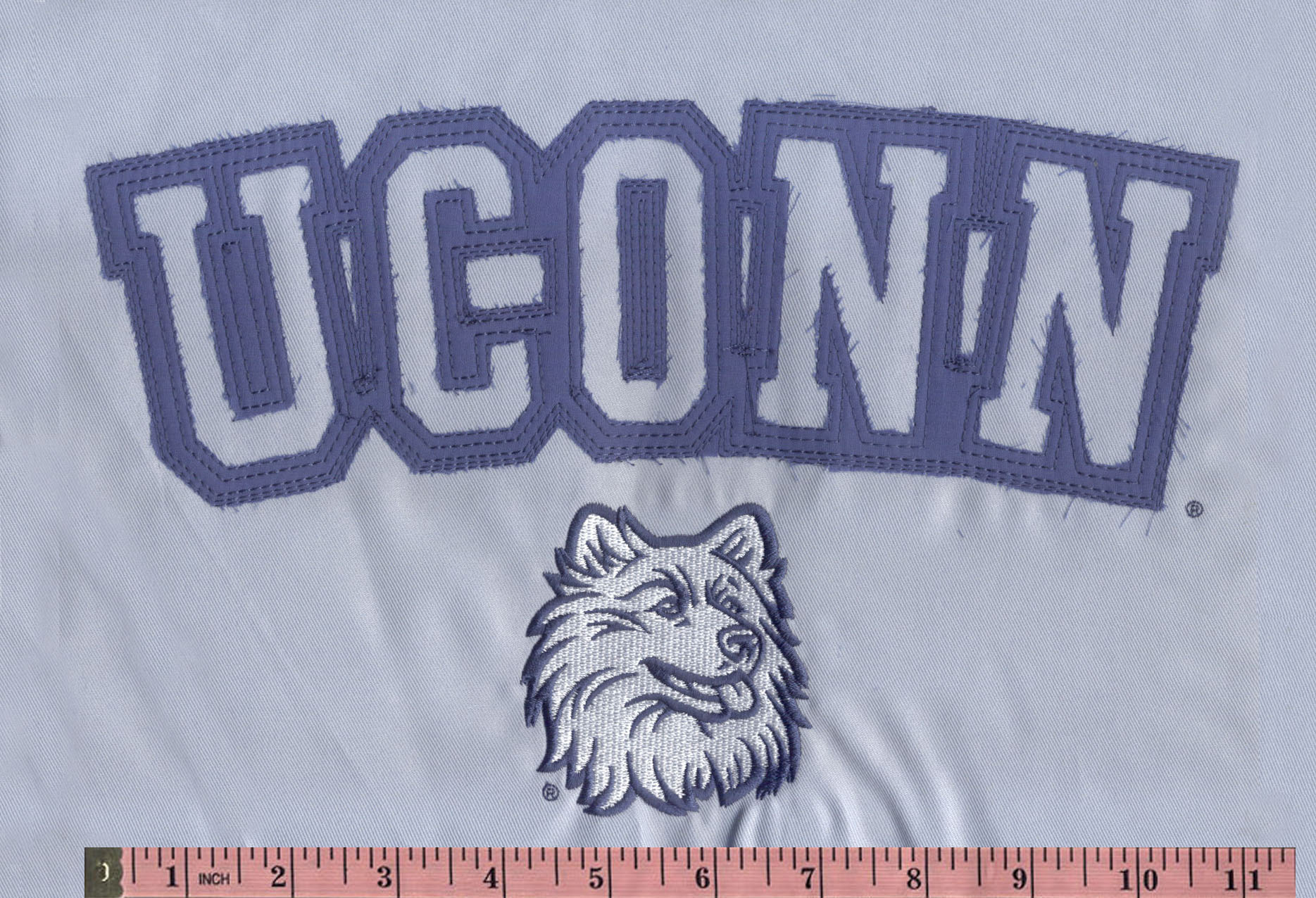The Role of Vector Art in Embroidery Digitizing: Precision Unveiled
Introduction: The Marriage of Precision and Craftsmanship
Embroidery, with its intricate stitches and delicate details, is a true testament to the artistry of craftsmanship. In the digital age, the marriage of traditional needlework and modern technology has given rise to the crucial role of vector art in embroidery digitizing. This blog delves into the intricacies of vector art exploring how its precision enhances the art of embroidery digitizing, ushering in a new era of accuracy and detail.
1. Understanding Vector Art: The
Foundation of Precision
Characteristics:
●
Vector art is created using
mathematical equations, defining shapes and lines. Unlike raster images, which
use pixels, vector images maintain their
crispness and clarity regardless of size.
Scalability:
● One of the defining features of vector art is its scalability. Enlarge a vector image, and it retains its sharpness, making it an ideal choice for applications where resizing is frequent, such as in embroidery digitizing.
2. The
Transition to Digital: Embroidery Digitizing Explained
Embroidery Digitizing Process:
●
Embroidery digitizing is the
process of converting artwork into a digital format compatible with embroidery
machines. Vector art serves as the foundation for this transformation, ensuring
that the intricate details and precise shapes are faithfully translated into
stitches.
Precision in Stitching:
● Vector art provides a clear roadmap for the digitizer. Every curve, contour, and line is accurately represented, allowing for precise stitching. This level of detail is especially crucial for intricate designs and logos.
3.
Benefits of Vector Art in Embroidery Digitizing
Reduced Stitch Count:
●
Vector art, with its clean lines
and efficient use of shapes, contributes to a reduced stitch count. This not
only enhances the efficiency of the embroidery process but also results in a
smoother and more polished finished product.
Color Consistency:
●
Vector art allows for precise color
representation. This ensures that the colors in the original design are
faithfully reproduced in the embroidered piece, maintaining consistency and
accuracy.
Complex Designs Made Simpler:
● For complex designs with multiple layers and intricate details, vector art simplifies the digitizing process. The clarity of vector images makes it easier for digitizers to identify and replicate every element accurately.
4. Challenges and Solutions in
Vector Art Embroidery Digitizing
Complex Color Gradients:
●
While vector art excels in sharp
lines and distinct shapes, complex color gradients can pose a challenge.
However, with skilled digitizers and advancements in technology, even intricate
color transitions can be faithfully reproduced in embroidery.
Balancing Detail and Simplicity:
● Striking the right balance between intricate details and simplicity is an art in itself. Vector art provides the foundation for finding this equilibrium, ensuring that the essence of the design is preserved in the embroidered piece.
5. The
Future of Embroidery: Vector Art's Continuing Role
Advancements in Technology:
●
As technology continues to
advance, the synergy between vector art and embroidery digitizing is expected
to grow. Innovations in software and digitizing techniques will further
streamline the translation of vector images into finely detailed embroidered
pieces.
Expanding Creative Horizons:
● The precision afforded by vector art opens up new possibilities for creative expression in embroidery. Artists and designers can push the boundaries, knowing that the intricacies of their vector-based designs can be faithfully translated into embroidered works of art.
Conclusion:
Precision Woven into Every Stitch
Vector art in
embroidery digitizing is a marriage of tradition and technology, where the
precision of mathematical equations meets the artistry of needle and thread. As
we navigate this digital era of embroidery, the role of vector art becomes
increasingly indispensable. It serves as the guiding light, ensuring that the
fine details of a design are not lost in translation but are meticulously woven
into every stitch. The journey from vector art to embroidered masterpieces is a
testament to the harmonious collaboration of craftsmanship and technology. May
this alliance continue to flourish, ushering in an era where the precision of vector art enhances the timeless beauty of embroidered
creations. As we celebrate this marriage of art forms, may every embroidered
piece be a canvas where tradition and innovation dance together, creating a
symphony of stitches that captivates the eye and heart alike.



